Notes From The Studio / Inside The Studios Unfinished Spaces
Up until last week I’d only seen one really good documentary about architecture and its meaning – a compelling and personal film by the estranged son of Louis Kahn called “My Architect.”
Powerful architecture usually conveys better in photographs than film. So I wasn’t expecting much when I went to the showing of “Unfinished Spaces” at the Tropic last week. Maybe some cool buildings and a lot of people talking about how important they were. I went because my wife wanted to go.
The showing was a joint event put on by the Tropic and The Studios of Key West as part of the “One Race, The Human Race” Cuban and American artists’ exchange. The next night at TSKW was a more raucous affair: huge crowds, artists and their entourages, giant canvases, practically naked people in body paint, and a swell of noise that didn’t stop all night.
But the documentary screening at the Tropic was a quiet thing, maybe 30 people in one of the small theaters, all acting a little dutiful and hoping to see something a little interesting. (The documentary is also available on Netflix, Amazon streaming and SnagFilms.)
The film was about the construction of the School of the Arts in Havana at the behest of Fidel Castro. Producing any kind of work about life in revolutionary and post-revolutionary Cuba is risky business, prone to accusations of, at minimum, being a dupe, and elevatable, in certain crowds, to being a traitor to humanity. So it was a bold move of Alysa Nahmias and Benjamin Murray, who produced and directed “Unfinished Spaces,” to practice such soft-touch crafting of the narrative, to sit back a bit, to try not to convince the viewer of anything – to let the story tell itself.
The film centers on Cuban architect Ricardo Porro and two Italian architects Porro recruited to help with the project – Roberto Gottardi and Vittorio Garatti. There is some great footage of Fidel and Che in 1961 playing golf, the sport of the elite, at the Havana Country Club, and not quite getting it. Soon after, Fidel asked Porro to build him a world class school of the arts on the property. He wanted something modern and definitively Cuban and he gave Porro a Herculean two-month deadline to complete the plans.
The plans Porro and his crew came up with were amazing. Flowing arcs, domed roofs, meandering walkways – a series of connected campuses that harmonized with the surrounding environment and each other. Forms you had not seen before. The designs were ambitious enough that when they began construction, they weren’t even sure how to follow through. None of the Cuban masons knew how to construct a dome out of bricks. (They were saved by an old man who worked as a parking lot attendant.)
Porro was a bit of a showboat and openly admitted that the domes were inspired by women’s breasts. He designed a fountain in the courtyard that could only be described as yonic. (There was much debate as to whether water should be allowed to flow through it or not.)
Two weeks before the first campus was to be completed, work on the project was ordered to stop. The political winds had changed. The plans for the art school were too artsy, not representative enough of industry and production. The architectural trend in Cuba officially switched to pre-fabrication, because that is what the Russians did.
Porro’s next assignment was designing a cage for the eagles at the zoo. He left the country soon after.
The film tells what happened to architects and what happened as the uncompleted schools slid slowly, like everything else in modern Cuba, into a half century of gorgeous decay (gorgeous if you don’t live in it). There is some footage later in the film of Castro blustering as he is being publicly embarrassed about what happened to the school.
All three architects are still alive and it is nice to see them get some late recognition. What happened to them and to the School of the Arts is not as tragic as political oppression, of dissidents being jailed or executed, of people drowning while trying to make it across the Florida Straits. But there is a deep sadness to it, an emblematic sense of waste and censure, of dysfunction and collapse.
Looking at the work of Cuban artists on display in Key West during the “One Race, The Human Race” exchange, it is clear that art has survived and even thrived in a place that does not have the resources of the rest of the world. But you look at those plans for the School of the Arts, and what was built, and you can’t help wonder what could have been.
[livemarket market_name="KONK Life LiveMarket" limit=3 category=“” show_signup=0 show_more=0]

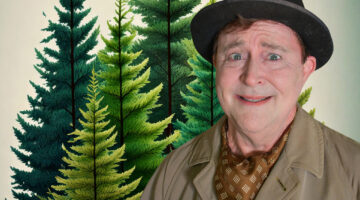

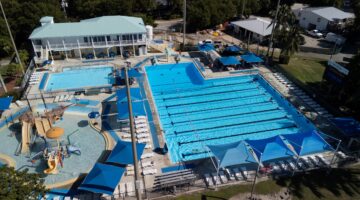
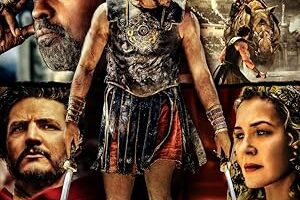
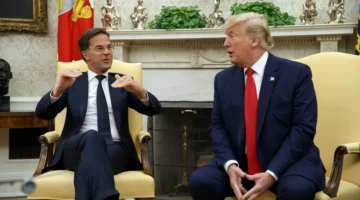


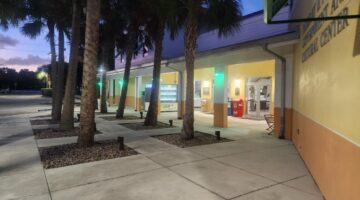
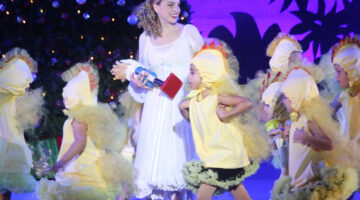
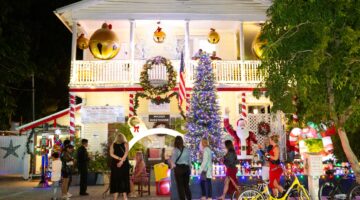
No Comment